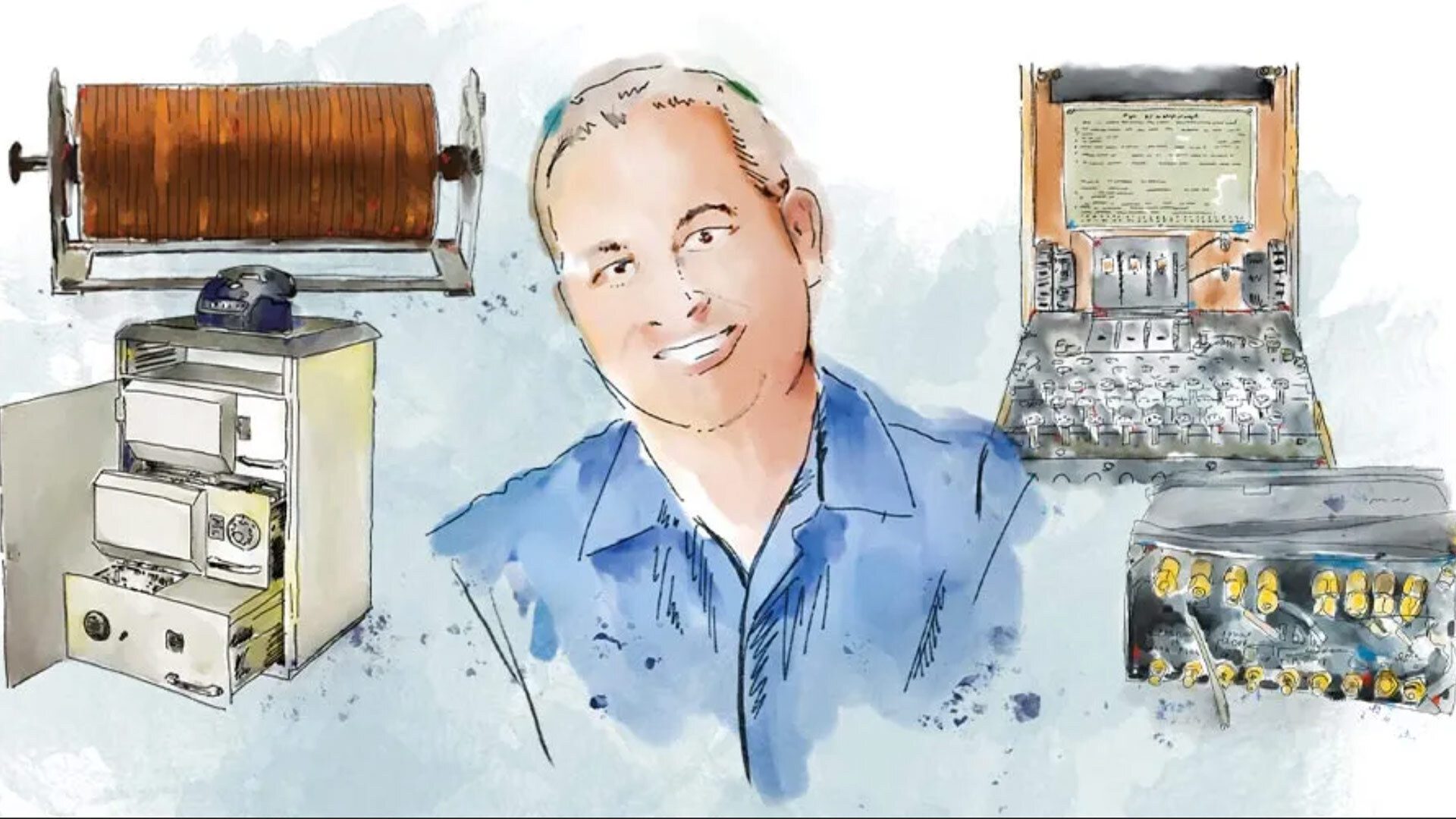- September 23, 2021
- By Liam Farrell
Vince Houghton M.A. ’09, Ph.D. ’13 got an early introduction to the stakes of national security when he watched the 1983 TV movie “The Day After” as a wide-eyed 7-year-old. While the nuclear holocaust premise of that film has thankfully not come to pass, for Houghton it sparked an interest in intelligence work that has led him to a career researching how government agencies have kept tabs on adversaries and revealing that history—the declassified bits, anyway—to the general public.
Now the director of the National Cryptologic Museum at the National Security Agency, Houghton is leading a deep dive into its archives in order to reimagine it for a planned reopening next spring and its eventual move to a new state-of-the-art building.
“We’re going crate by crate … It’s just a fantastic, almost scavenger hunt environment,” he said. “Anything that was captured in any of the wars that we fought in that was cryptologic comes here. Anything that was made on our end to break codes comes here.”
Houghton, the author of “Nuking the Moon: And Other Intelligence Schemes and Military Plots Left on the Drawing Board” and “The Nuclear Spies: America’s Atomic Intelligence Operation Against Hitler and Stalin,” came to the NSA last fall after spending six years as a historian and curator at the International Spy Museum in Washington, D.C. A former U.S. Army soldier who served in the Balkans, he was part of the team that moved the Spy Museum into new L’Enfant Plaza digs with revised exhibits and presentations. Houghton is particularly proud of how he’s been able to use the human stories of scientists and engineers to translate complicated subjects like cryptography.
“That’s kind of the holy grail,” he said.
While it will be a more few months before the general public can once again walk through the museum’s doors just outside of Fort Meade, Md., Houghton highlighted a few NSA artifacts, some of which are currently on loan to the Spy Museum.
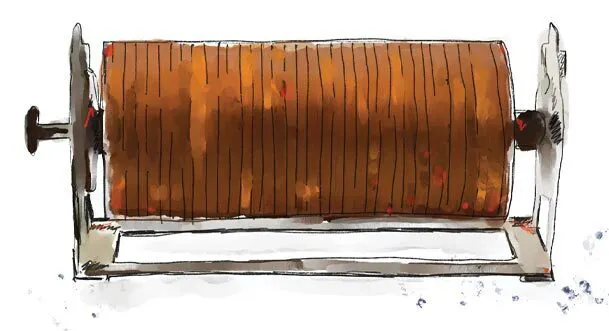
This 200-year-old wooden cypher device, discovered near Thomas Jefferson’s home, used wheels to set up codes and corresponding letters.
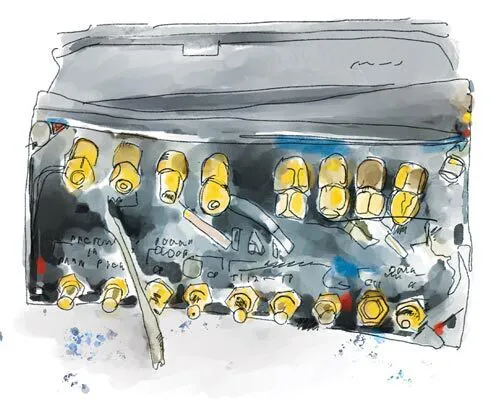
This device, recovered by the NSA during the investigation into the 1986 Challenger explosion, ensured secure communications between space shuttle astronauts and ground control.
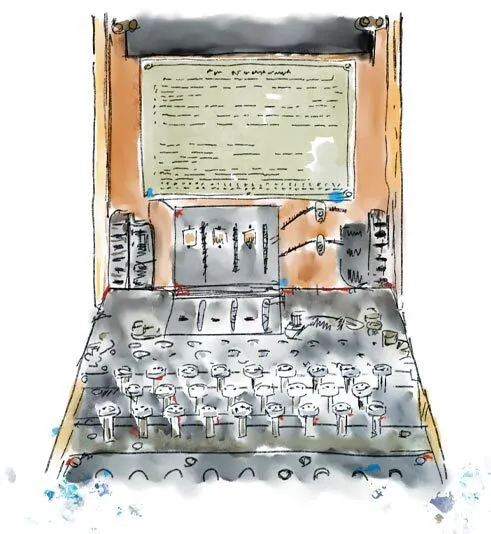
The Enigma machine was one of the most important tools of secret Nazi communication, and the Allies’ success in cracking it is credited with shaving years off of World War II. The German top brass relied on this version, which had modifications to increase security.
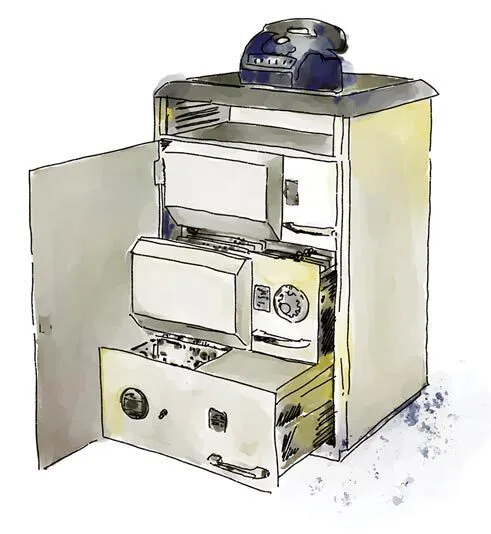
Following the Cuban Missle Crisis, the U.S. created new voice-encryption devices with transistor technology. The K4-3 system was unwieldy for field use, but helpful to government, military and intelligence officials.
Topics
People